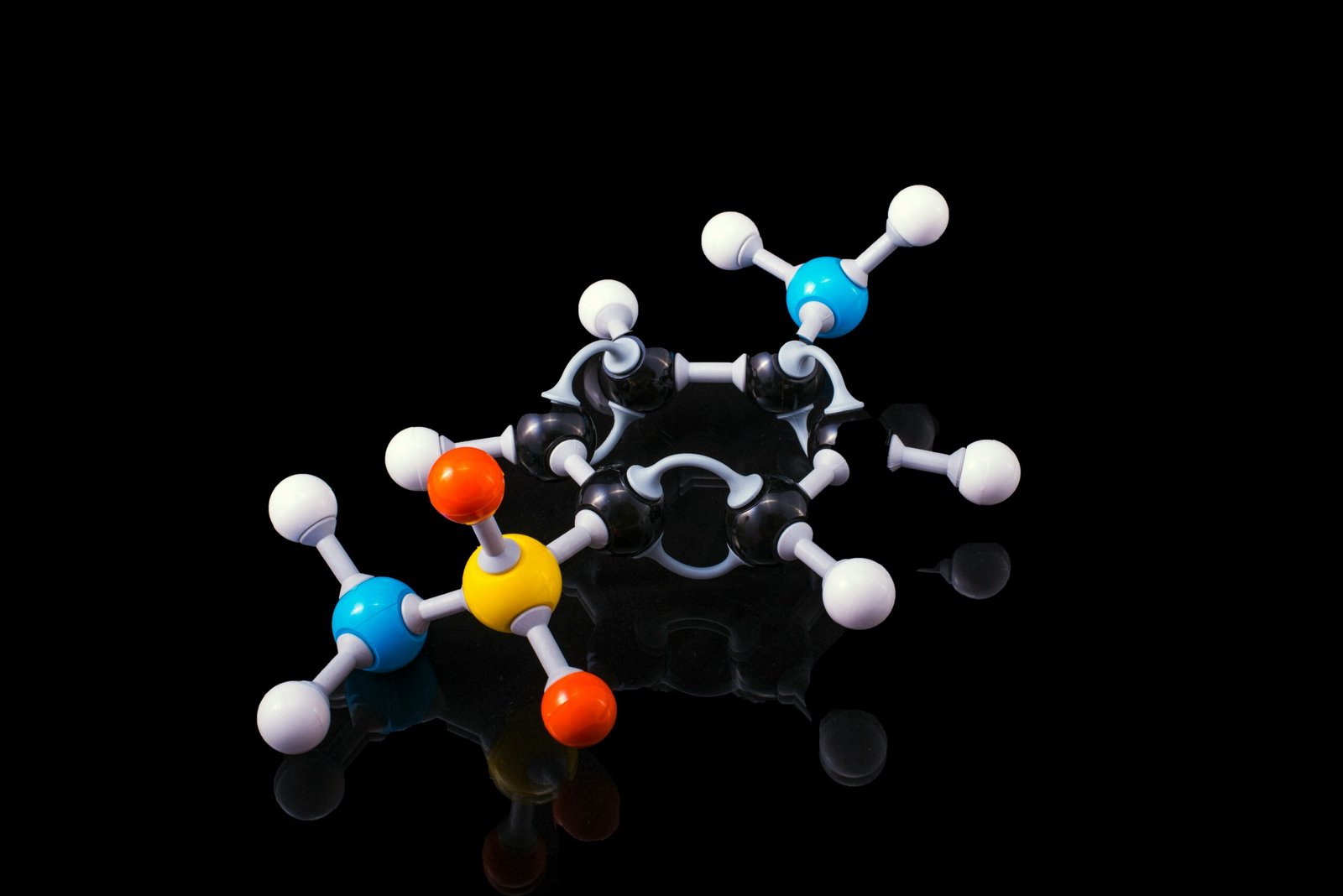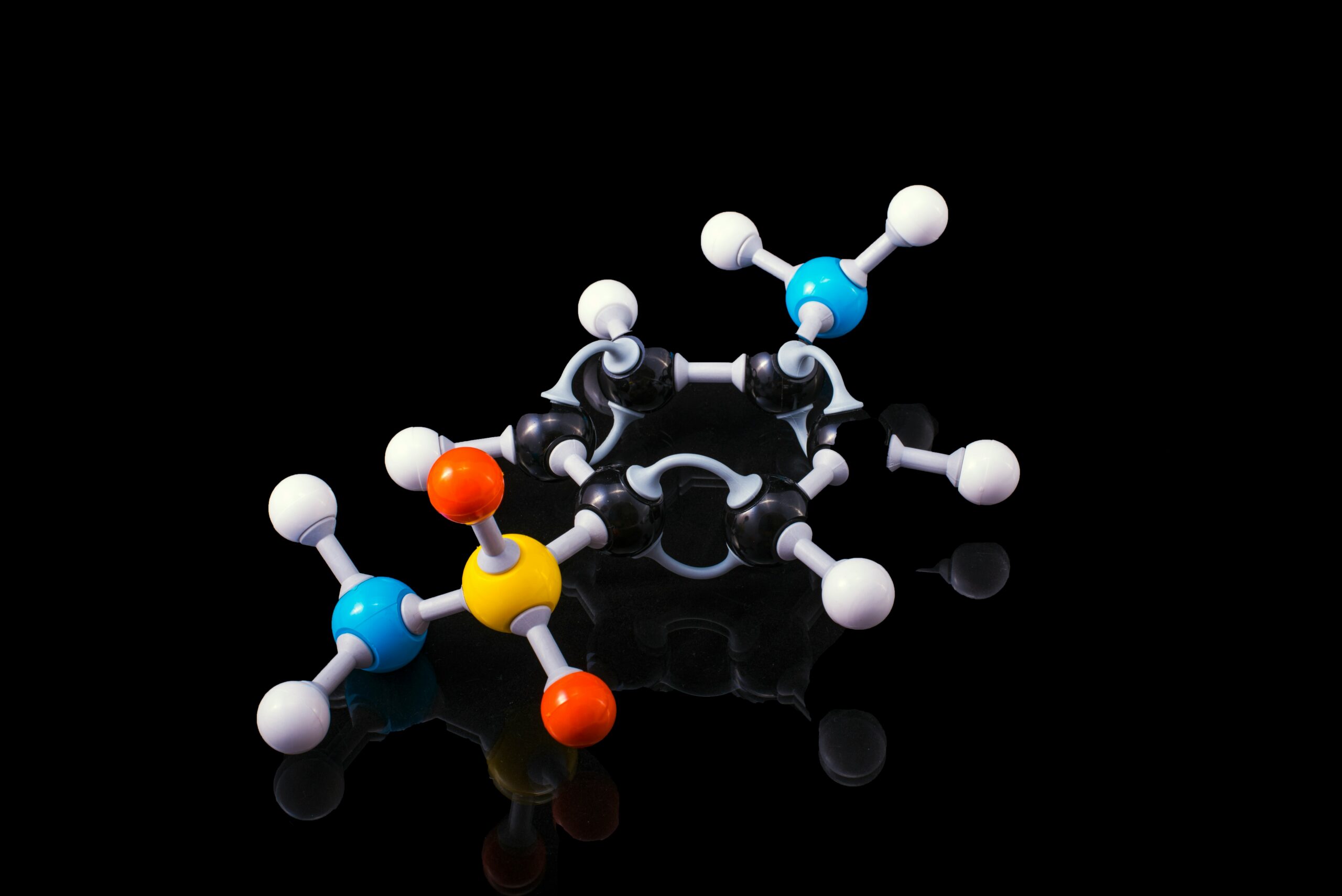Introduction to Carbon and Organic Chemistry
Carbon, symbolized as ‘C’ in the periodic table, is a fundamental element in organic chemistry and plays a pivotal role in the biochemical processes of life. It is unique among elements due to its ability to form stable bonds with many different elements, including itself. This characteristic allows for the creation of a vast array of carbon-based compounds, which are essential to the structure and function of living organisms. Organic chemistry is defined as the study of the structure, properties, composition, reactions, and synthesis of carbon-containing compounds. These compounds not only include hydrocarbons but also encompass a wide range of entities that bear functional groups, thus influencing their chemical behavior.
The versatility of carbon atoms stems from their tetravalent nature, meaning each carbon atom can form four covalent bonds with other atoms. This property leads to the formation of chains and rings of varying lengths and complexities, which serves as the backbone for many biological molecules such as proteins, carbohydrates, and nucleic acids. The plethora of structures that can arise from simple carbon atoms contributes to the molecular diversity essential for biological processes, from energy metabolism to genetic information transfer.
Furthermore, the presence of carbon is not limited to terrestrial life; it is theorized that carbon-based life forms could exist elsewhere in the universe due to the element’s abundance and versatility. The study of organic chemistry provides insight into the chemical processes that sustain life. This field encompasses everything from fundamental hydrocarbons to complex macromolecules, cementing carbon’s position as a central element in biological and ecological interactions. Understanding the role of carbon in organic chemistry is crucial for fields such as biochemistry, environmental science, and pharmaceuticals, where carbon-based compounds are examined for their applications and effects on life.
Unique Properties of Carbon
Carbon stands out as one of the most significant elements in the realm of organic chemistry due to its unique properties that enable the formation of a myriad of compounds. One of the most remarkable characteristics of carbon is its tetravalency. This property refers to carbon’s ability to form four covalent bonds with other atoms, allowing it to connect not only with elements such as hydrogen, oxygen, and nitrogen but also with other carbon atoms. This tetravalent nature grants carbon the versatility needed to construct a diverse array of molecular structures, from simple hydrocarbons to complex macromolecules.
The capacity of carbon to form stable bonds with itself and various other elements is pivotal in creating long chains, branched structures, and ring formations. For instance, the formation of carbon chains serves as the foundation for organic molecules, while branched and cyclic structures can result in various functional groups that increase the complexity of compounds. These structural configurations are essential for the functionality of biological molecules, as they contribute to the diverse functions of compounds such as carbohydrates, lipids, proteins, and nucleic acids.
Moreover, carbon’s ability to hybridize further enhances its bonding capabilities. Through hybridization, carbon can form different types of geometry—tetrahedral, trigonal planar, and linear—depending on its bonding partners. This adaptability facilitates the emergence of a wide range of isomers, which are compounds with the same molecular formula but different arrangements of atoms. Such diversity is crucial in biological systems, as even minor variations in molecular structure can lead to significant differences in biological activity and function. Consequently, the unique chemical properties of carbon underpin its role as the backbone of life, enabling the complex chemistry that is foundational to all organic processes.

Carbon Compounds in Life Processes
Carbon is integral to the formation of various organic molecules essential for life. The principal classes of carbon-containing compounds include carbohydrates, proteins, lipids, and nucleic acids, each serving distinct yet complementary functions within biological systems. Understanding these compounds sheds light on their crucial roles in metabolism, energy transfer, and the transmission of genetic information.
Carbohydrates, primarily made up of carbon, hydrogen, and oxygen, are key sources of energy for living organisms. They are classified into monosaccharides, disaccharides, and polysaccharides. For instance, glucose, a monosaccharide, is critical for cellular respiration and energy production, while polysaccharides like starch and glycogen serve as energy storage forms. In addition to energy, carbohydrates also play a structural role in the form of cellulose in plant cell walls, contributing to the integrity and function of plant cells.
More
Proteins, another class of carbon compounds, are composed of amino acids linked by peptide bonds. They perform a plethora of functions including catalyzing biochemical reactions (as enzymes), signaling between cells (as hormones), and providing structural support throughout the organism (as in collagen and keratin). The diversity of protein functions is a direct outcome of the different arrangements of amino acids, which are determined by the genetic information encoded in nucleic acids.
Lipids, characterized by their hydrophobic nature, include fats, oils, and phospholipids. They serve as energy reserves and are critical components of cell membranes, which regulate the entry and exit of substances. Furthermore, lipids are involved in signaling pathways and the absorption of fat-soluble vitamins.
Finally, nucleic acids, such as DNA and RNA, are pivotal for storing and transmitting genetic information. DNA, the molecule of heredity, encodes the instructions necessary for the growth, development, and reproduction of organisms. RNA plays vital roles in protein synthesis and gene expression regulation.
In this context, carbon compounds are undeniably foundational to the biological processes that sustain life. Their intricate interactions and functions highlight the complexity of life at the molecular level.
The Impact of Carbon on Ecosystems and Human Health
Carbon, an essential element, plays a pivotal role in the Earth’s ecosystems and is integral to various biological processes. Carbon compounds are fundamental to the organization of life on our planet, forming the backbone of critical macromolecules such as carbohydrates, proteins, lipids, and nucleic acids. These compounds contribute significantly to ecological interactions, including nutrient cycling, primary productivity, and the overall health of all ecosystems. The abundance of carbon-bearing compounds in the atmosphere, hydrosphere, and lithosphere alters ecological dynamics by facilitating the flow of energy and materials through food webs, thereby underlining its importance in biological diversity.
Furthermore, carbon is intricately linked to the phenomenon of climate change. The excessive release of carbon dioxide through human activities, such as the burning of fossil fuels and deforestation, has seen a marked impact on global temperatures and weather patterns. Understanding the chemistry of carbon allows us to develop strategies for mitigating these effects, as well as enhancing carbon sink practices that promote carbon sequestration in forests, soils, and oceans. This knowledge is essential for devising effective environmental policies that aim to stabilize climatic fluctuations.
In terms of human health, carbon compounds are equally significant. Numerous organic molecules, including hormones, vitamins, and pharmaceuticals, are fundamentally composed of carbon. Their interaction with biological systems can either contribute to health or promote diseases. By studying carbon chemistry, researchers can uncover insights into the mechanisms of diseases and develop treatments that enhance health outcomes. Therefore, investigating carbon in the context of ecosystems and human health serves not just academic purposes but contributes to environmental sustainability and human well-being.
Conclusion
The continued exploration of carbon’s role in these spheres is crucial for advancing future research and innovation that aims to tackle global challenges, promoting a healthier planet for generations to come.
Read our Latest Blog
Top10 Important Theorems Every Math Student Must Know
For More Information and Updates, Connect With Us*
- Name: Survi
- Phone Number: +91-7488713635
- Email ID: survi@eepl.me
- Our Platforms:
- Digilearn Cloud
- EEPL Test
- Live Emancipation
- Follow Us on Social Media:
- Instagram – EEPL Classroom
- Facebook – EEPL Classroom
- https://eepl.me/classes/index.php/blog/
Stay connected and keep learning with EEPL Classroom!










